- Home
- Articles
- Architectural Portfolio
- Architectral Presentation
- Inspirational Stories
- Architecture News
- Visualization
- BIM Industry
- Facade Design
- Parametric Design
- Career
- Landscape Architecture
- Construction
- Artificial Intelligence
- Sketching
- Design Softwares
- Diagrams
- Writing
- Architectural Tips
- Sustainability
- Courses
- Concept
- Technology
- History & Heritage
- Future of Architecture
- Guides & How-To
- Art & Culture
- Projects
- Interior Design
- Competitions
- Jobs
- Store
- Tools
- More
- Home
- Articles
- Architectural Portfolio
- Architectral Presentation
- Inspirational Stories
- Architecture News
- Visualization
- BIM Industry
- Facade Design
- Parametric Design
- Career
- Landscape Architecture
- Construction
- Artificial Intelligence
- Sketching
- Design Softwares
- Diagrams
- Writing
- Architectural Tips
- Sustainability
- Courses
- Concept
- Technology
- History & Heritage
- Future of Architecture
- Guides & How-To
- Art & Culture
- Projects
- Interior Design
- Competitions
- Jobs
- Store
- Tools
- More
Exploring Tadao Ando’s Architectural Career: Harmony Between Nature and Minimalist Design
Discover the extraordinary journey of Tadao Ando, a self-taught architect who transitioned from professional boxing to creating masterpieces that blend minimalism, light, and nature. Explore his signature works like the Church of the Light and Naoshima Art Site, and learn how his philosophy of harmony redefined modern architecture and continues to inspire the world.
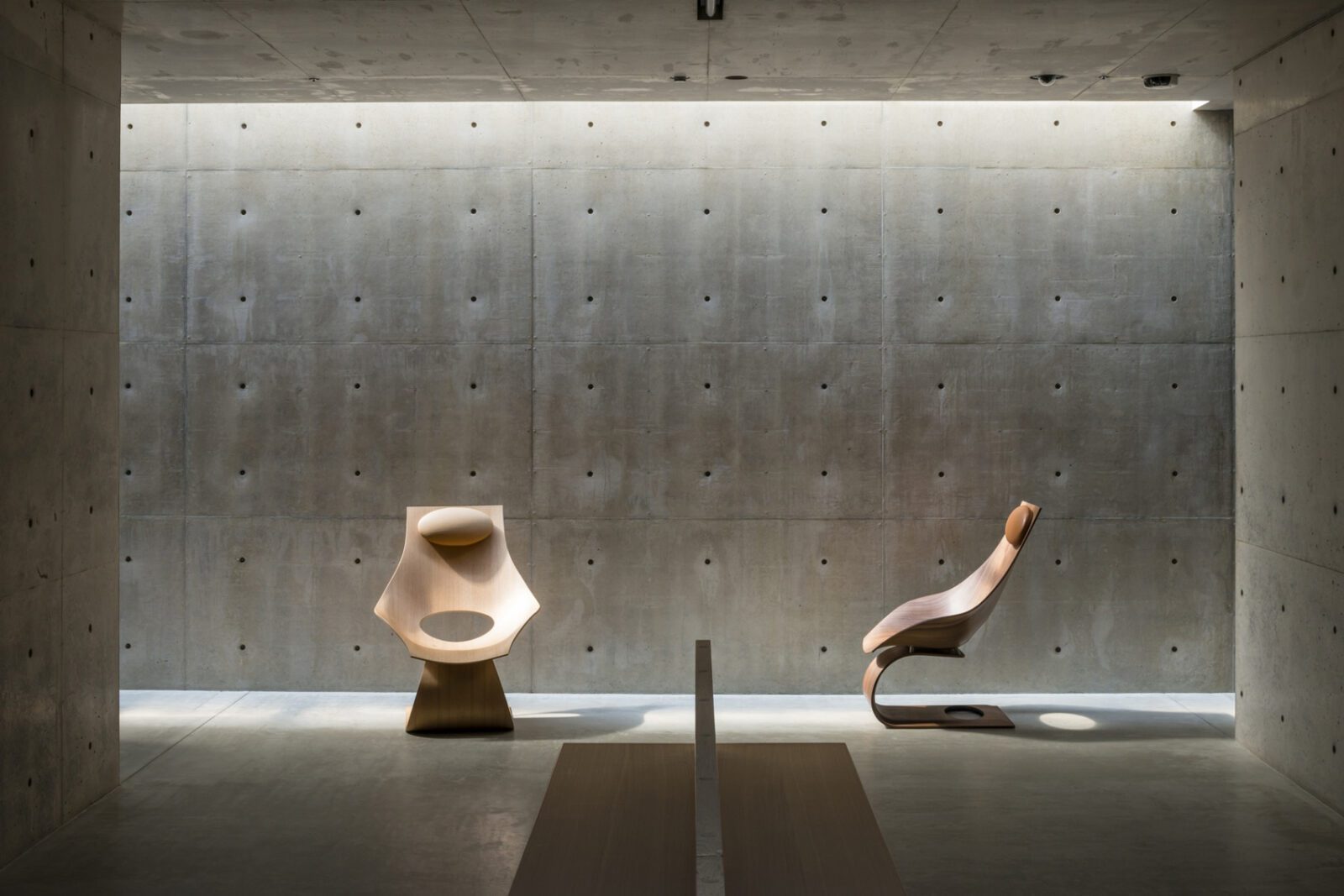
When we think of architecture that blends simplicity with profound emotion, Tadao Ando’s name stands out. A self-taught architect, Ando has redefined modern design through his innovative use of concrete, light, and space. His work isn’t just about structures; it’s about creating experiences that connect us to nature and ourselves.
Ando’s journey from a professional boxer to a Pritzker Prize-winning architect is as fascinating as his designs. With no formal training, he carved his path by studying buildings, traveling the world, and embracing a philosophy rooted in minimalism and harmony. Each project he touches tells a story, balancing tradition and modernity in ways that leave us in awe.
His career isn’t just about architecture; it’s about reshaping how we interact with our surroundings. From serene chapels to striking museums, Ando’s creations inspire us to see the world differently. Let’s explore the brilliance behind his architectural legacy.
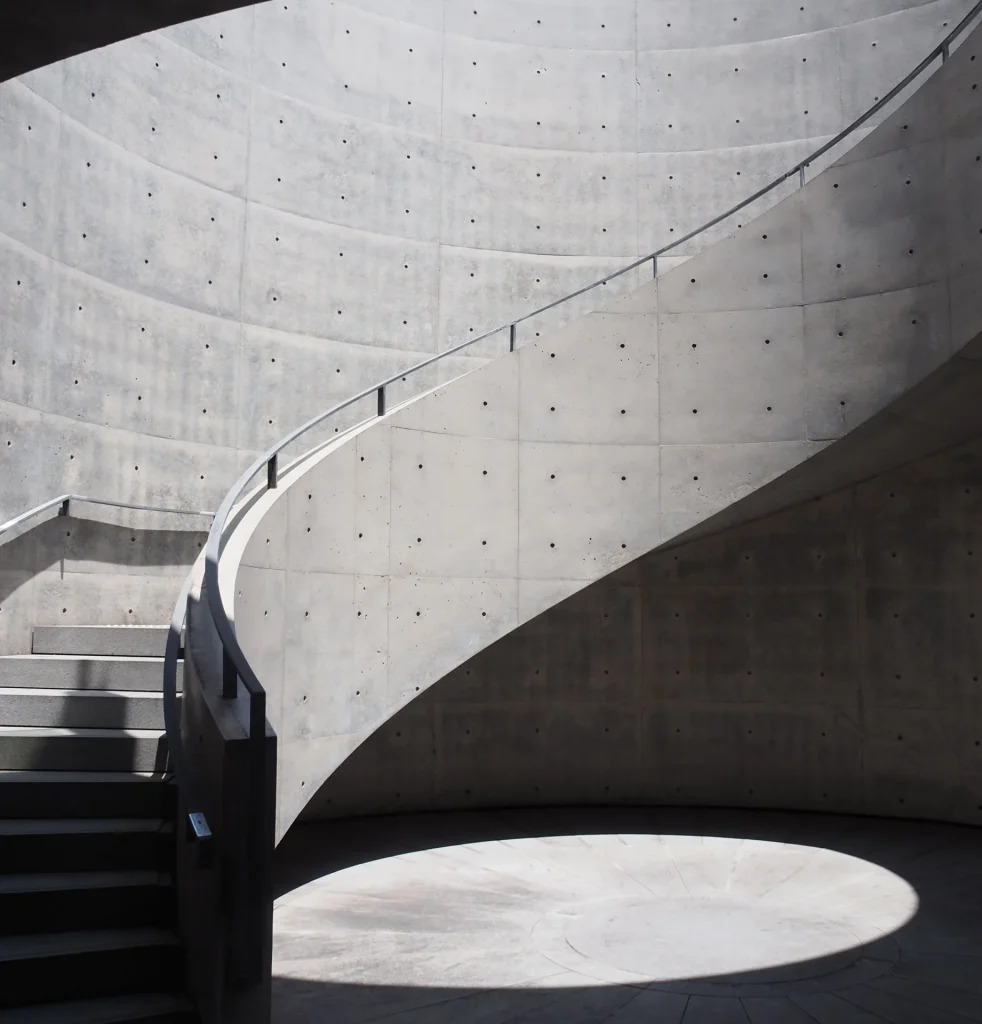
Table of Contents
ToggleEarly Life And Inspiration
Tadao Ando‘s early life shaped his celebrated architectural vision. His journey into architecture stands out for its unconventional beginnings and profound influences.
Discovering Architecture
Ando initially pursued professional boxing but transitioned into architecture in his late teens. He studied independently by reading books on design, taking correspondence courses, and visiting architectural landmarks around the world. During these explorations, he admired works by luminaries like Le Corbusier and Luis Barragán, whose modernist principles resonated deeply with him. His travels allowed him to engage directly with structures, fostering a hands-on understanding of spatial design.
Key Influences On His Work
Several elements impacted Ando’s architectural ethos. Japanese aesthetics, such as minimalism and the wabi-sabi philosophy, guided his approach to simplicity and imperfection. The natural world profoundly influenced him, evident in his seamless blending of light, water, and greenery into his projects. Western architects like Frank Lloyd Wright and Carlo Scarpa shaped his use of concrete and inventive spatial compositions. These diverse inspirations unified in Ando’s design language, emphasizing harmony between form, function, and environment.

Signature Design Elements
Tadao Ando’s architecture is characterized by elements that merge minimalism with profound spatial experiences. His designs emphasize harmony with the environment and evoke emotional connections.
Integration of Nature and Space
Ando seamlessly integrates natural elements, blurring the boundaries between architecture and environment. His structures often incorporate water features, open courtyards, and framed views of surrounding landscapes. For instance, the Church of the Light uses intersecting concrete walls to channel natural light, symbolizing spiritual clarity. Similarly, the Naoshima Art Site reflects his ability to harmonize built spaces with the island’s natural contours. This approach creates immersive environments that connect occupants to nature.
Use of Concrete and Light
Ando’s mastery of smooth, exposed concrete forms the backbone of his aesthetic. He combines precise formwork techniques with minimalist geometries to produce serene, tactile surfaces. To balance this rigidity, Ando uses natural light as a dynamic counterpart. Projects like the Row House in Sumiyoshi showcase his strategic openings and narrow slits, allowing sunlight to animate spaces throughout the day. This interplay of light and material transforms functional spaces into areas of contemplative beauty.

Major Architectural Works
Tadao Ando’s architectural career includes iconic works that showcase his mastery of minimalism, spatial harmony, and integration with nature. His innovative use of materials and light transforms ordinary spaces into extraordinary experiences.
The Church Of The Light
The Church of the Light, completed in 1989, represents Ando’s exploration of light and spirituality. Located in Ibaraki, Osaka, this structure combines concrete, glass, and natural light to create an ethereal atmosphere. Two intersecting concrete walls form a cross-shaped aperture, allowing sunlight to penetrate and illuminate the chapel’s interior. The building’s minimalistic design enhances the spiritual experience, making it one of Ando’s most celebrated works.
Naoshima Art Sites
The Naoshima Art Sites are a series of museum and residential designs scattered across Naoshima Island. Ando’s involvement began in the 1990s, and his collaboration with the Benesse Corporation helped transform the island into a cultural hub. Projects like the Benesse House Museum and Chichu Art Museum utilize exposed concrete and natural light to harmonize with the island’s landscapes. These structures blur the line between art, architecture, and nature, offering visitors a serene and immersive experience.
Row House In Sumiyoshi
The Row House in Sumiyoshi, or Azuma House, marked a turning point in Ando’s career. Completed in 1976 and situated in Osaka, this compact concrete residence reflects his minimalist principles and mastery of space. The house features a central open courtyard, introducing natural light and air circulation while maintaining privacy. Its austere design focuses on functionality and contemplation, solidifying Ando’s reputation as a visionary architect.
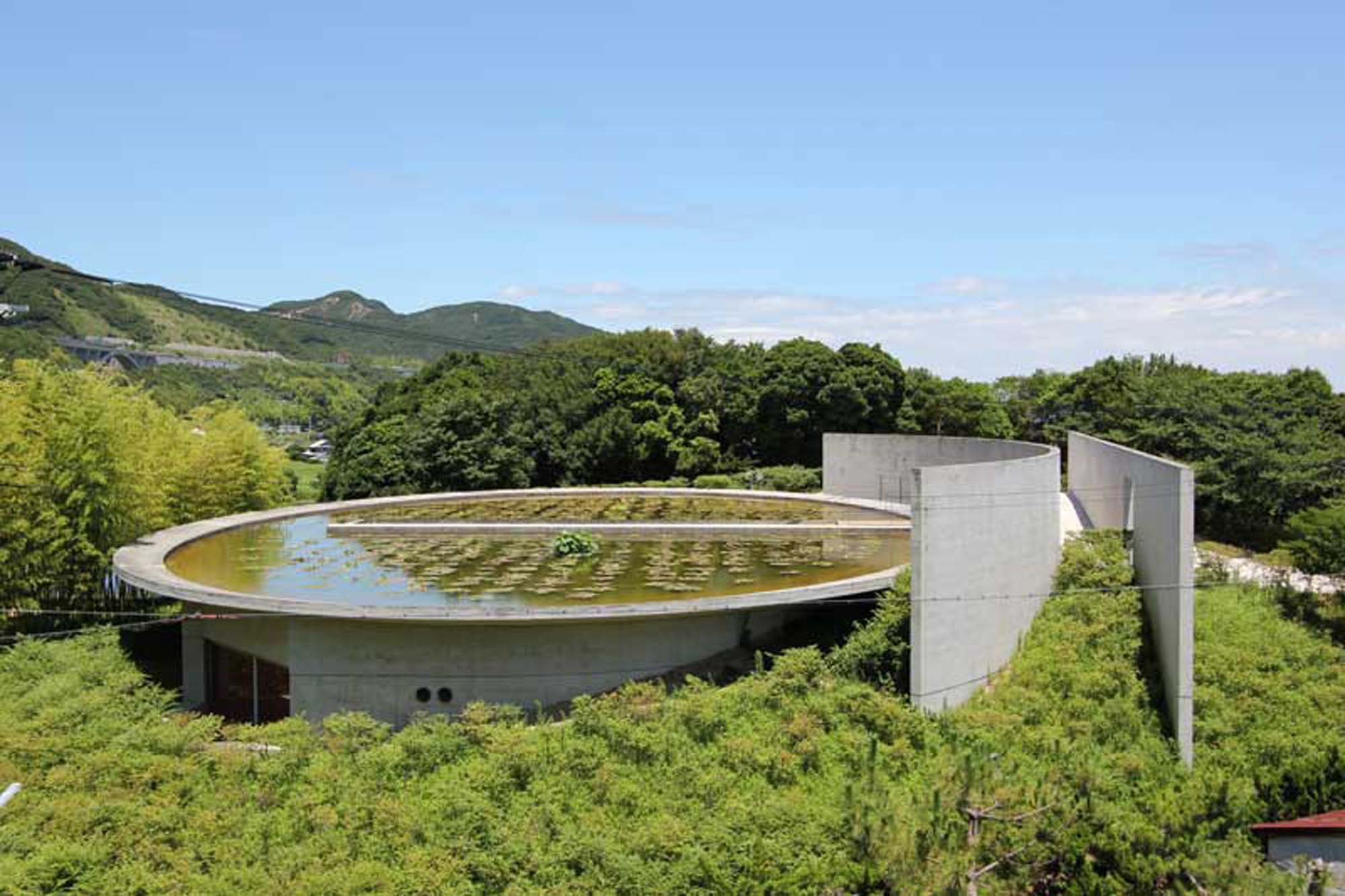
Awards And Recognition
Tadao Ando’s architectural career has earned numerous awards that showcase his innovative contributions to contemporary design. His ability to craft spaces of profound simplicity and emotion has brought him global recognition.
International Acclaim
Tadao Ando received the prestigious Pritzker Architecture Prize in 1995. Often referred to as the “Nobel Prize of Architecture,” this award recognized his exceptional ability to blend minimalist aesthetics with cultural sensitivity. He was also honored with the Royal Institute of British Architects (RIBA) Gold Medal in 1997, acknowledging his significant impact on international architecture. Additional accolades include the Carlsberg Architectural Prize (1992) and the Order of Culture from Japan (2010), cementing his reputation as a globally influential architect.
Contributions To Modern Architecture
Through his groundbreaking designs, Ando shaped modern architecture by integrating elements of Japanese minimalism with modernist principles. His use of exposed concrete, natural light, and open spaces redefined the interaction between structures and their environments. Ando’s work contributed to the evolving dialogue on sustainable design, seen in projects like the Naoshima Art Site. These innovations earned him the Praemium Imperiale from the Japan Art Association in 1996 and the UIA Gold Medal in 2005, celebrating his enduring influence on contemporary practice.
Conclusion
Tadao Ando’s architectural career illustrates a remarkable intersection of passion, innovation, and cultural respect. His self-taught journey, starting from modest beginnings as a professional boxer, demonstrates an extraordinary ability to evolve and shape contemporary architecture without conventional education. By embracing principles of minimalism and emphasizing the interplay of natural elements, space, and light, Ando redefined spatial design as an art form that transcends physical boundaries.
We see his influence in iconic works like the Church of the Light, the Row House in Sumiyoshi, and the Naoshima Art Site, each of which embodies his philosophy of harmony between environment and structure. His seamless integration of Japanese traditions with modernist principles not only enhances aesthetic value but also elevates functional spaces into contemplative realms. Awards like the Pritzker Prize and the RIBA Gold Medal highlight global recognition for his transformative contributions to architecture.
Through ongoing restoration projects, teaching, and advocacy, Ando ensures his design philosophy impacts future generations. His emphasis on sustainable and emotionally resonant architecture challenges us to rethink our relationship with built environments. Ando’s legacy endures as a testament to the power of simplicity and the profound dialogue between human creativity and nature.
- architectural design inspiration
- architectural design trends
- architectural harmony with nature
- architecture and nature
- Contemporary Architecture
- famous minimalist architects
- harmony in architecture
- Japanese architecture
- Minimalism in Architecture
- minimalist building design
- Minimalist Design
- Modern Architecture
- nature-inspired architecture
- Tadao Ando architecture
- Tadao Ando biography
- Tadao Ando buildings
- Tadao Ando design philosophy
- Tadao Ando projects
- Tadao Ando style
- Tadao Ando's influence
- unique architectural designs
illustrarch is your daily dose of architecture. Leading community designed for all lovers of illustration and #drawing.
Submit your architectural projects
Follow these steps for submission your project. Submission FormLatest Posts
3D Printed Homes: Time, Cost, and What to Expect
3D printed homes explained: realistic timelines (24–72h walls, 8–16 weeks total), true...
How a Contact Centre Boosts Trust in Your Building Business
In construction, trust is the glue that holds projects together. Clients need...
How Real Time Parcel Geolocation Is Redefining Last Mile Efficiency for Modern Businesses
Last mile delivery has become the most critical point in the customer...
How Can Small Spaces Stay Stylish and Relaxing?
In today’s fast-paced urban lifestyle, small living spaces are becoming increasingly common....




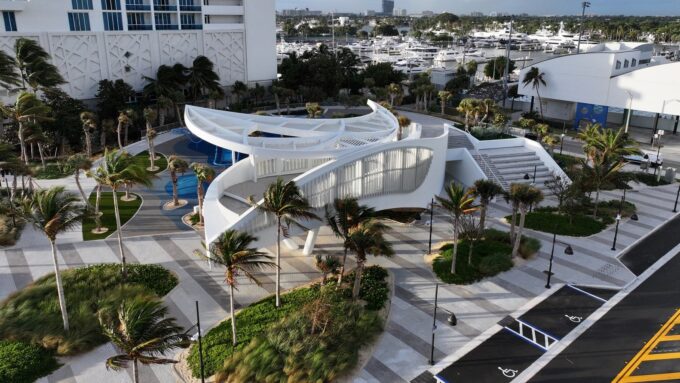


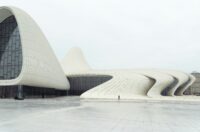
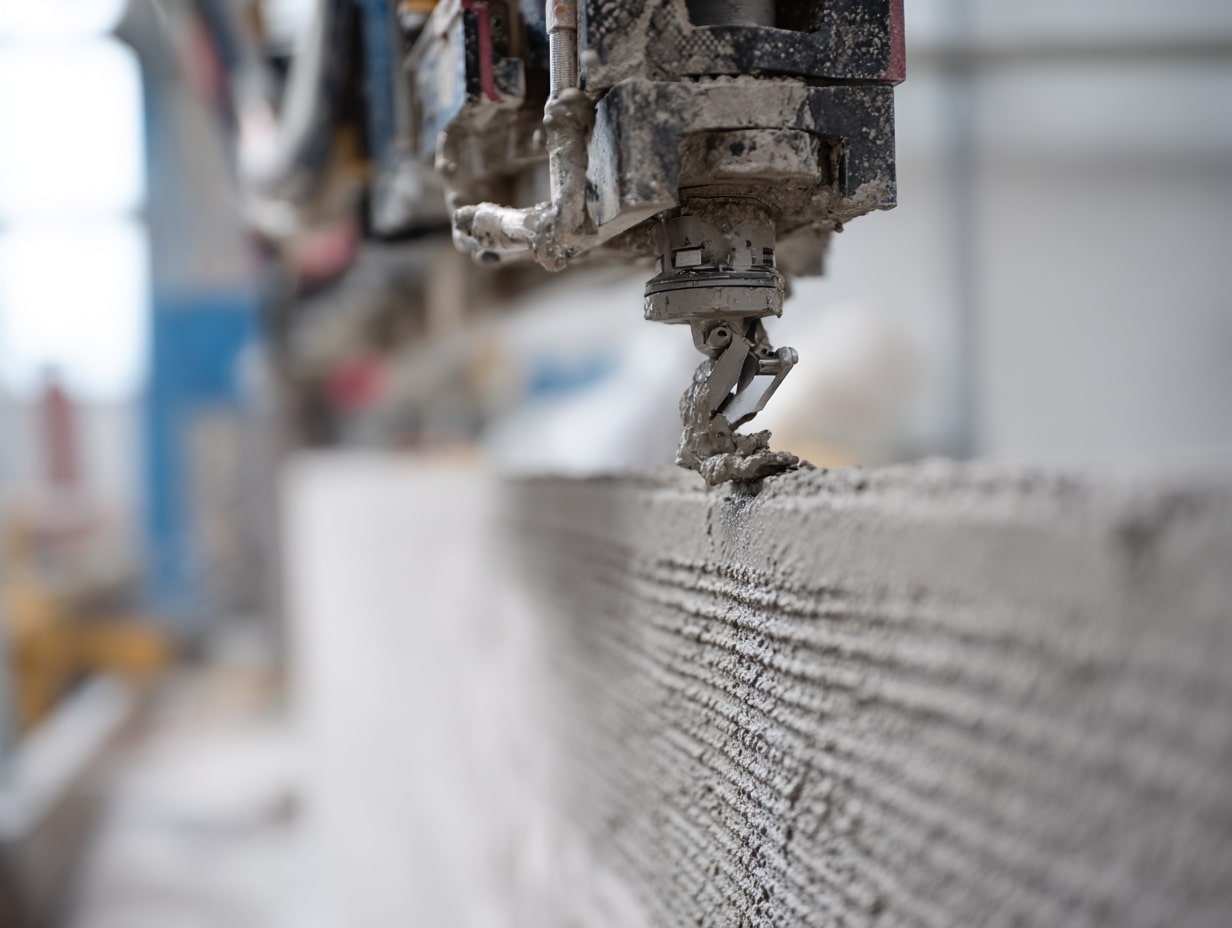



Leave a comment